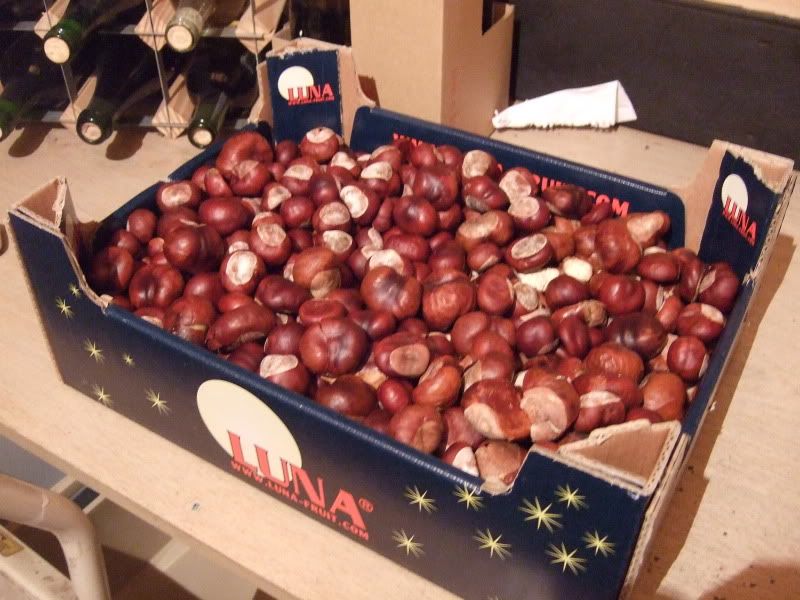I am aiming to make a flour out of these guys.

Can you suggest the most efficient way of doing this? Drying? Crushing?
Once I have the flour then I aim to use it for some inedible purposes - cooking up a tinder cake is what I have in mind. Any other things I could make?
However, as I had such a good harvest I might get around to prepping some of it for edible purposes. Can you offer advice on what the toxins are, what the "non-palatable" elements are and how to extract them if possible.
If I get as far as making biscuits/ cakes then is it practical to use this as full substitute to ordinary flour?

Can you suggest the most efficient way of doing this? Drying? Crushing?
Once I have the flour then I aim to use it for some inedible purposes - cooking up a tinder cake is what I have in mind. Any other things I could make?
However, as I had such a good harvest I might get around to prepping some of it for edible purposes. Can you offer advice on what the toxins are, what the "non-palatable" elements are and how to extract them if possible.
If I get as far as making biscuits/ cakes then is it practical to use this as full substitute to ordinary flour?
Last edited:

 The site stopped getting funding when clinton left the whitehouse.
The site stopped getting funding when clinton left the whitehouse.